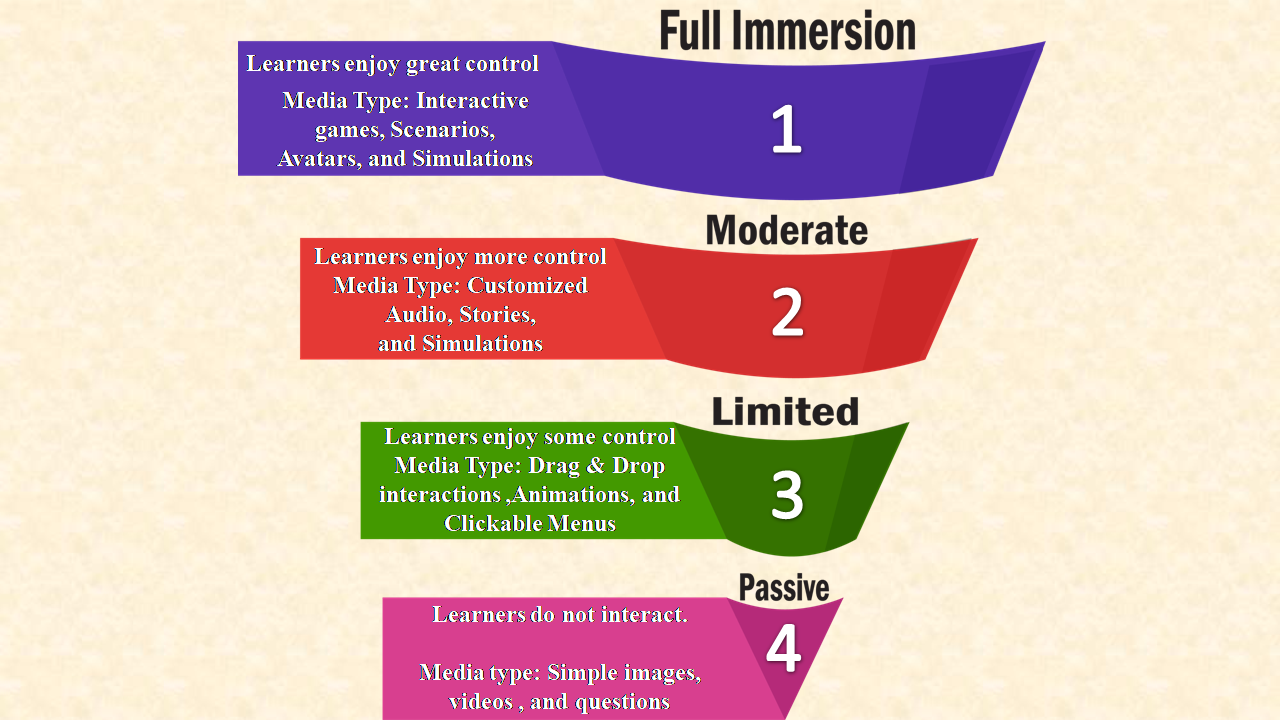eLearning, also known as the modern way of learning, refers to imparting education via electronic media that goes beyond the four walls of a traditional classroom. Since most of the modes of eLearning involve little to no teacher interference, the lessons or courses need to be self-sufficient in all aspects. Authoring tools are basic frameworks that offer user-friendly designs and help create content for eLearning courses. They help in designing interactive and effective courses that enhance the learning experience.
What are Authoring Tools?
Authoring tools are applications that help design eLearning courses. Authoring tools contain crucial instructional tools, templates, and audio-visual aids to take forward the process of online learning. Popular examples of authoring tools are WordPress, Adobe Captivate, Active Presenter, and others. Currently, there are two primary authoring tools in the eLearning industry:
- Desktop apps: These are available as applications on the web that can be directly installed on a computer, and most of them work offline. PowerPoint add-ins are unique desktop authoring tools that enhance the functionality of PowerPoint and are available exclusively within that software.
- Cloud-based apps: Most new authoring tools are cloud-based. Instead of occupying space on a computer, these apps operate over the cloud and are dependent on a fast internet connection. Another advantage of cloud-based authoring tools is certainly that the course-makers can design content remotely.
If we design courses on interactive platforms and incorporate media, assessments, and animation, they will engage learners. This article, therefore, aims to guide course-makers through the vast array of authoring software based on their features and usability.
Determinants of Choosing an Authoring Tool
- Level of Interactivity: Online education should essentially be dialogic learning, that is, there must be an exchange of ideas between the instructor and the learners. This enables learners to form original ideas, track progress, and provide feedback. Learner interactions take the shape of quizzes, simulations, and videos; all of which assess knowledge. Course-makers typically decide on the level of interactivity that an eLearning module should incorporate. Ranging from passive engagement to maximum interaction, there are four levels of interactivity. The diagram below summarizes them:

2. Budget and Ease of Usage: It is crucial to consider how much money is going to be spent while purchasing a specific authoring tool. Therefore, to avoid incurring losses with the purchase, one must weigh in the following points:
- Which features are on offer?
- Does the software have built-in templates and audio-visual aids?
- Is technical support readily available?
- Does the company offer tutorials and other resources to enable ease of usage?
A recent review report of costs and pricing run by PcMag showed that among the most expensive eLearning tools are Elucidat and Shift eLearning, whereas software like Camtasia and Active Presenter are comparatively inexpensive, with a host of free features.
The usability of software is additionally determined by the availability of resources, readymade templates, and video tutorials. All of these certainly allow technologically inept users to design courses with ease. For starters, choosing software that have a convenient user interface (UI) is recommended. However, other tech-savvy course-makers may want more creative control. In that case, they may opt for software that offers a complex and customizable user interface, where the user controls every aspect of the product.
3. Publishing Format: A novel feature of online learning that tells it apart from traditional learning is the option to upload content over an LMS (learning management system). To clarify, the obvious advantage of LMS is that remote learners can access assets and also keep a track of their learning without geographic barriers. While selecting the right authoring tool for an online course, we must consider whether we will be uploading the course to an LMS or make them available personally to clients. Finally, to publish the course to an LMS, a software that permits publishing to SCORM, TinCan API, or AICC is necessary.
Some eLearning Authoring Tools Suited for Different Purposes
A curated list of authoring tools according to a variety of media requirements, for instance, graphics, assessments, audio, and so on, is available below.
Free Software for Graphics:
Graphics cover charts, infographics, or visual aids. The use of informative graphics can effectively make a course come alive. Some of the best free graphics tools ordered according to the ease of usage are:
- Canva: Create collages, charts, marketing promotions, or infographics with their easy-to-use software.
- Easel.ly: Design and share visual infographics online.
- Gliffy: Create up to five public diagrams, flowcharts, or charts a month for free.
- Google Charts: Turn the data into powerful charts and graphs.
- Pixlr: Edit any photos or graphics for free.
Free software for audio:
Audio tools allow users to record, mix, edit, and also to download audio clips. We can add them to eLearning courses to enhance the power of text-heavy courses. Some free tools, for instance, are:
- Ardour: To record, edit, and mix audio files on all platforms
- Audacity: This software has been in the market for years due to its resilient build. In the same vein, it is an open-source recording, editing, and sharing tool.
- Voki: Incorporating speaking characters into teaching courses is made easy with customizable avatars on offer at Voki.
- vozMe: An immensely useful text-to-speech tool
Free eLearning tools for animation:
To make eLearning courses come alive, animation is the key. Incorporating video clips is also a great idea to elucidate complex ideas. Some popular choices in this domain include:
- Camtasia: Videos are created using their drag-and-drop video editing tools. Moreover, special effects and graphics can be added to them.
- Screencast-O-Matic: It allows the recording of voice-overs of up to 15 minutes for on-screen activities or short tutorial videos.
- Snagit: It enables the creation and editing of videos or converting them into GIFs.
Free eLearning authoring software:
Some exceptional authoring tools allow the creation of customized eLearning courses. A few of these software provide all the necessary tools. For instance, screen casting, adding videos/images, including interactive features, publishing options, and others.
- iSpring: It links PowerPoint presentations to learning management systems or content management systems to publish them.
- Easygenerator: If users do not wish to buy a paid subscription for this software, the free option allows users to create up to ten online courses that come with pre-installed packages and the option to publish over cloud.
- Udutu: It offers a host of options, such as ready templates, assessment tools, interactive features, and the option to convert courses to the SCORM format. Moreover, this eLearning tool is absolutely free.
- LCDS by Microsoft: It offers users Microsoft Silverlight Learning Snacks, which is a free browser plug-in that offers interactive media experience, business, and mobile applications.
Our previous blog “steps of creating e-learning courses” in the eLearning archives sets out precise objectives that every online course should be able to fulfil.
To explore more about e-learning, visit our blog.
Create. Engage. Inspire.















